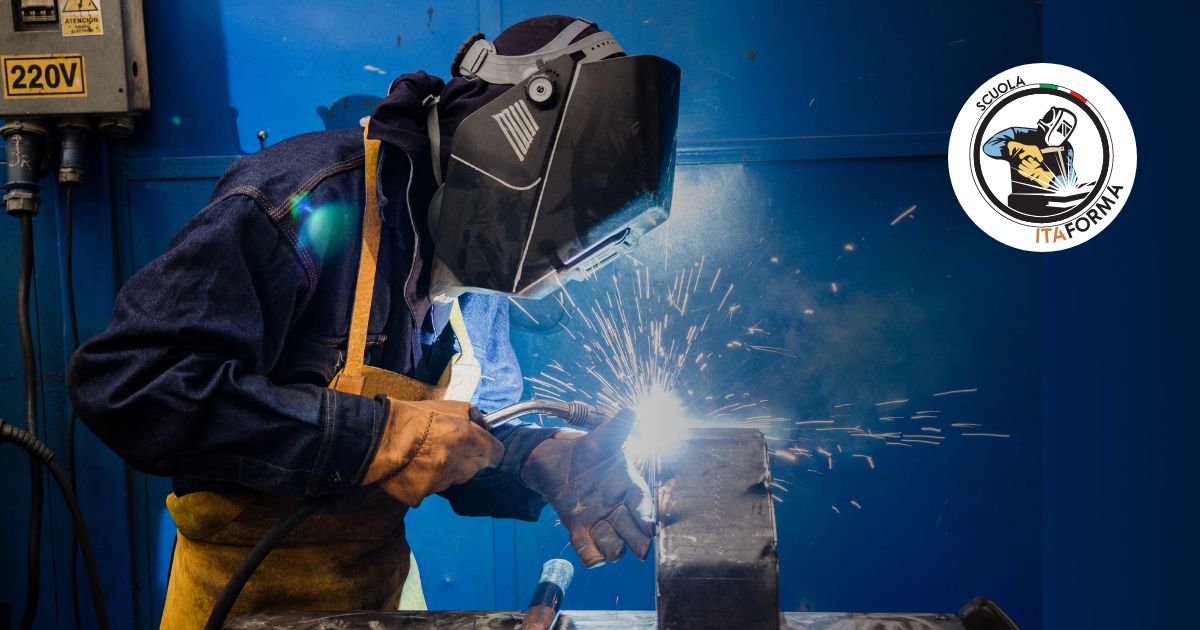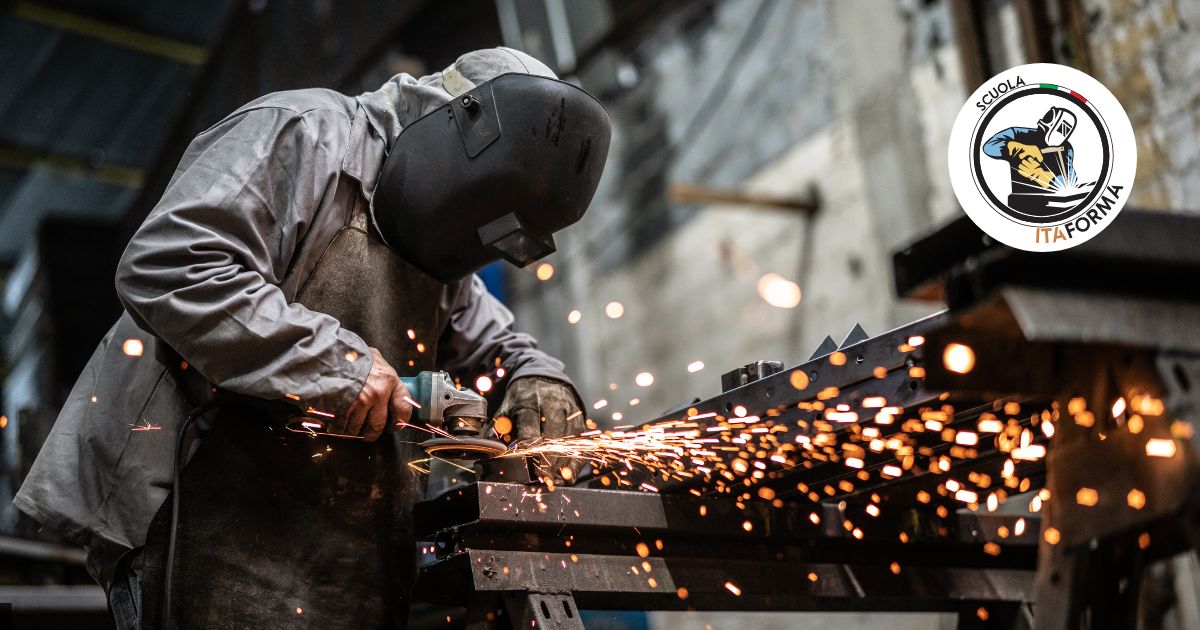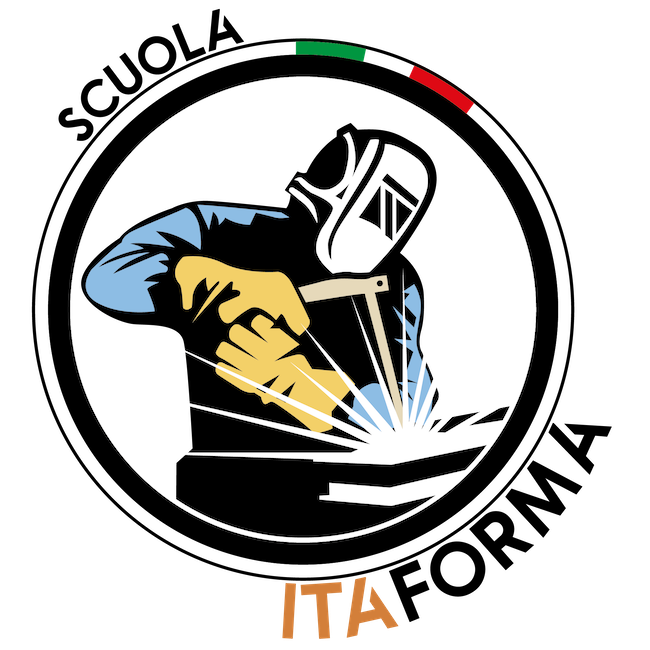Welding Course: Practice or Theory? The Irreplaceable Value of Lab Experience
Welding, an art as ancient as it is fascinating, is simultaneously a highly technical and specialized trade, fundamental in numerous industrial sectors, from carpentry to shipbuilding, automotive to plant engineering. Anyone approaching this profession, whether for passion or career necessity, often faces a crucial question: how much does theory count, and how much does practical welding course training matter?
The answer is clear: although theory provides the foundations, direct and intensive experience in a well-equipped laboratory makes all the difference, transforming a simple student into a competent and qualified welder. Choosing a practical welding course means investing concretely in your professional future.
Theory: The Essential Foundations for Welders
Don’t get us wrong: a solid theoretical background is indispensable for any welder. Theory is the map that guides you through the complex world of metals and their reactions to heat, a fundamental aspect even for those taking a practical welding course.
Principles and Mechanisms: The Science Behind the Flame
Theory introduces you to the physical and chemical principles of welding:
- Metallurgy: How different metals (carbon steel, stainless steel, aluminum, cast iron) behave under heat.
- Welding processes: The functioning of TIG, MIG/MAG (continuous wire), and Electrode welding.
- Filler materials: Choosing the right electrode or wire for each application.
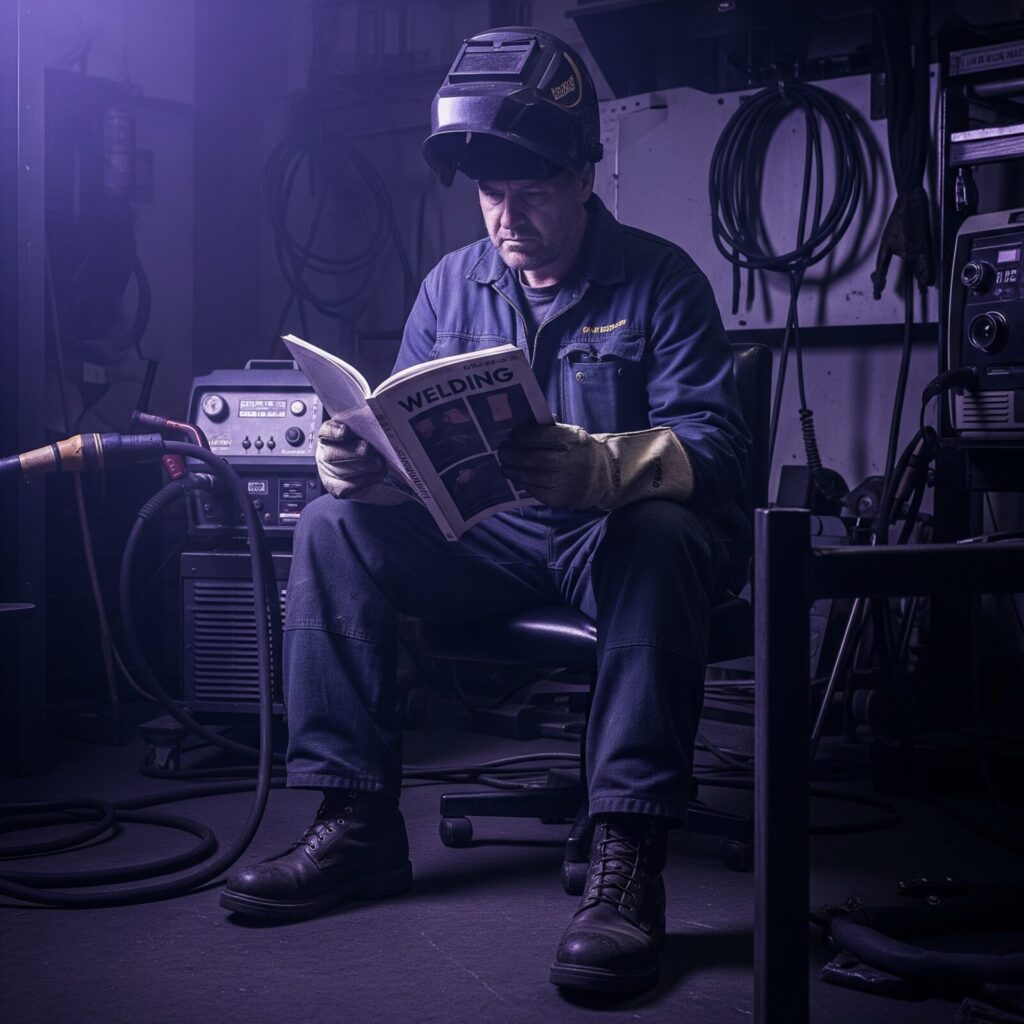
Safety and Regulations: Protecting Yourself and Your Work
A crucial aspect of theory is workplace safety. A good practical welding course teaches you to work safely and protect others. At Itaforma, you’ll be trained on:
- Personal Protective Equipment (PPE): helmets, gloves, masks, safety shoes, flame-retardant clothing.
- Emergency procedures and first aid knowledge.
- Understanding the EN ISO 9606 regulation and obtaining certification.
Technical Drawing Interpretation and Quality Control
Theory includes essential skills like technical drawing interpretation and identifying welding defects such as cracks, porosity, and inclusions. Itaforma offers a specific course and certification in this area.
However, even perfect theoretical knowledge is not enough. Without practice, you remain a “welder on paper”. That’s why hands-on training is the cornerstone of every practical welding course.
Practice: The Beating Heart of Every Welding Course
If theory is the mind, then practice is the body of welding training. In the lab, abstract concepts become real skills. This is where a practical welding course makes the difference.
The Welding Lab: Your Training Ground
A quality course must include a modern welding laboratory with:
- Individual workstations complete with welding machines and fume extraction systems.
- Various materials to practice on real-world welding challenges.
- Advanced equipment that simulates industrial environments.
Learning by Doing: From Error to Perfection
In the lab, you gain dexterity, precision, and the ability to manage heat and the molten pool. You’ll master:
- Steady hands and control over speed and filler metal.
- Molten pool management and how to read metal behavior.
- All welding positions: flat (PA), horizontal (PB), vertical (PF/PG), overhead (PE).
- Instant feedback and error correction from instructors.
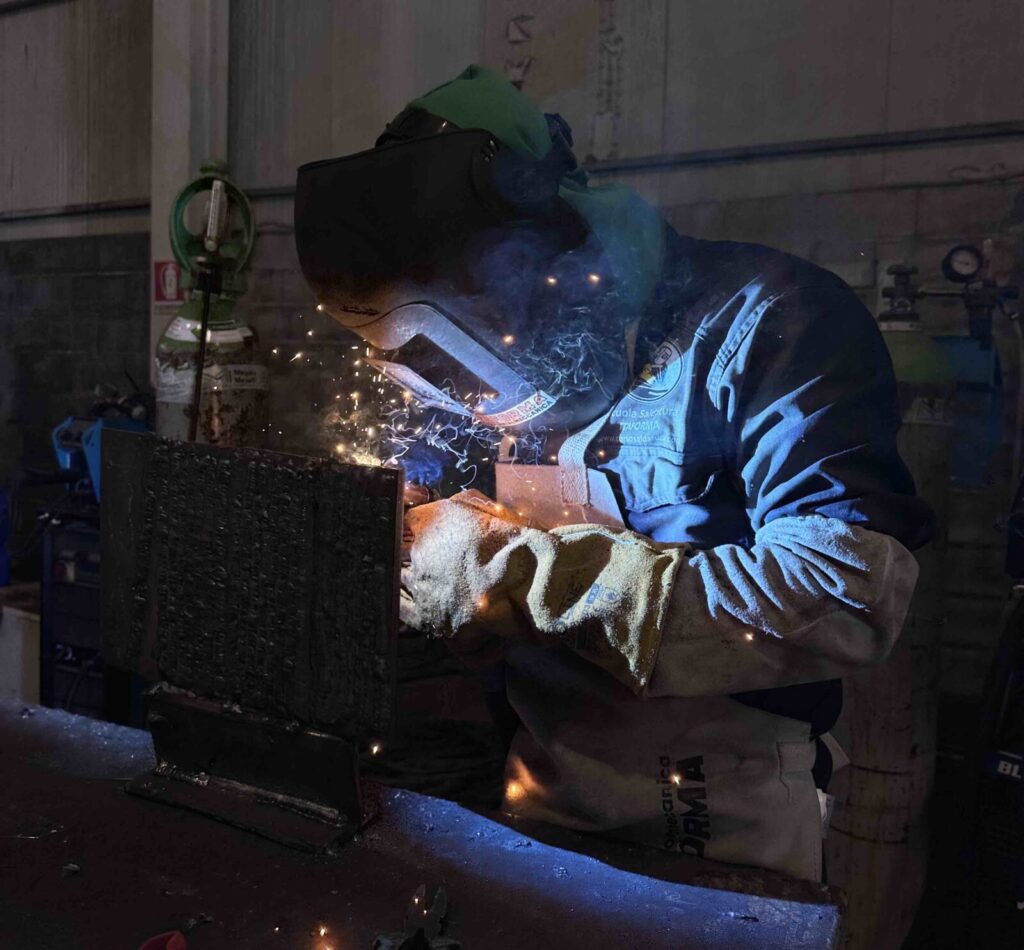
The Crucial Importance of Qualified Instructors
The presence of expert instructors with real-world experience is vital. Their guidance includes:
- Live demonstrations of techniques.
- Personalized corrections of posture, settings, and methods.
- Supervision and safety checks during training.
- Sharing professional tips and secrets.
The Perfect Balance: Theory and Practice in Synergy
True welding excellence comes from a balanced approach: theory provides logic and structure, while practice develops the hands-on skills needed in the field.
Want to weld a special alloy? Theory explains the process; practice teaches you how to execute it. Theory without practice is sterile; practice without theory is blind.
At Itaforma, both aspects are combined through lab-intensive courses that ensure each student gets the full learning experience.
The Concrete Benefits of a Practical Welding Course
Choosing a course with a strong lab component offers:
- Real job readiness: Companies want welders who can perform immediately.
- Confidence boost: Repeated success in training builds assurance.
- Certification opportunities: You can earn the EN ISO 9606 through hands-on exams.
- Problem-solving skills: Lab errors teach how to solve real-world challenges.
Conclusion: Invest in Your Practical Training with Itaforma
If your goal is to become a competent and in-demand welder, then practice is essential. Theory lays the groundwork, but it’s lab experience that shapes true skill.
Practical training is the heart of welding education, from certification exams to on-the-job tests — everything relies on what you can do with your hands.
The good news? Itaforma offers all this and more: advanced labs, expert instructors, and complete training programs. Choose the right course for your future.
If you’re ready to transform theory into skill, explore the welding courses at www.corsosaldatura.com or contact us today for more information!



